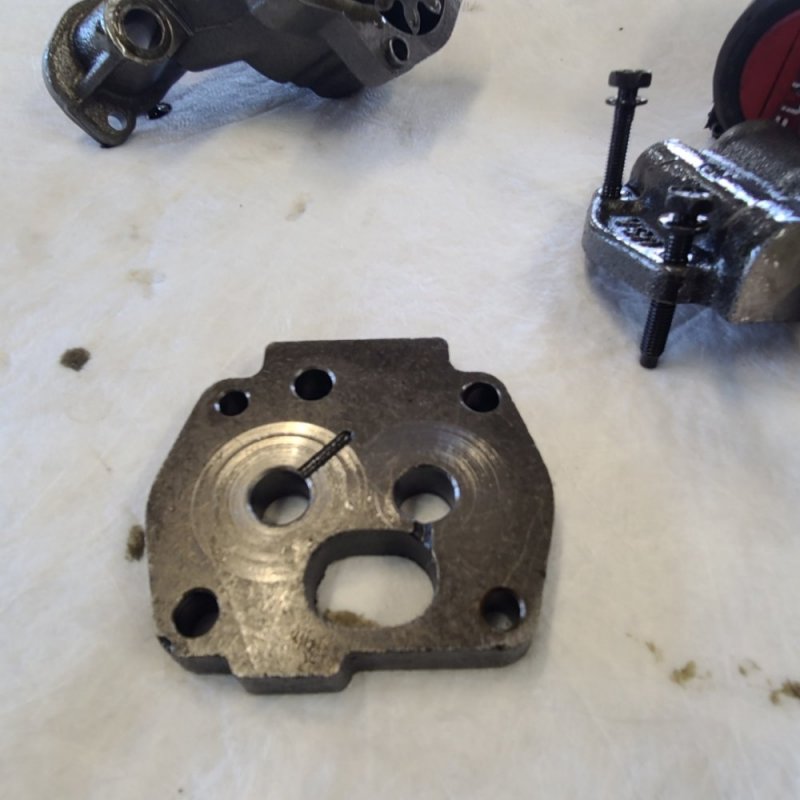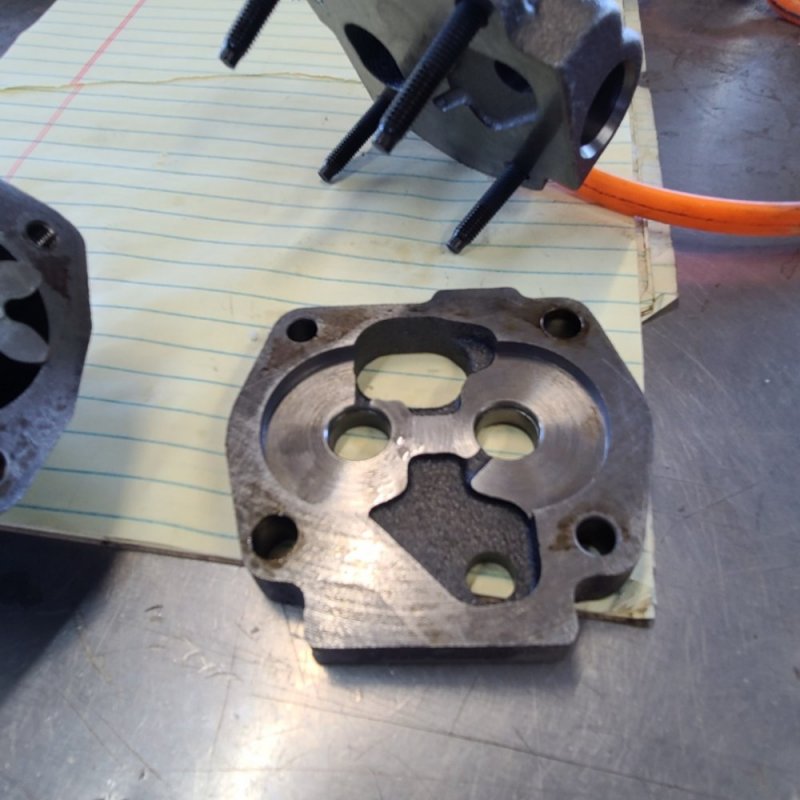ak diesel driver
6.5 driver
So my buddy recently refreshed his 6.5 and we noticed something odd. They show a standard volume pump without a spacer and then a standard volume pump with a spacer and finally a high volume pump which also has a spacer. Turns out the gears on both pumps with spacer are the same and only the one without the spacer has shorter gears. So your paying $10-20 more for the same pump, or so it seems. https://www.rockauto.com/en/catalog...sel+turbocharged,1053391,engine,oil+pump,5564.
All the flaps are the same. Anyone have any thoughts on this?
All the flaps are the same. Anyone have any thoughts on this?


